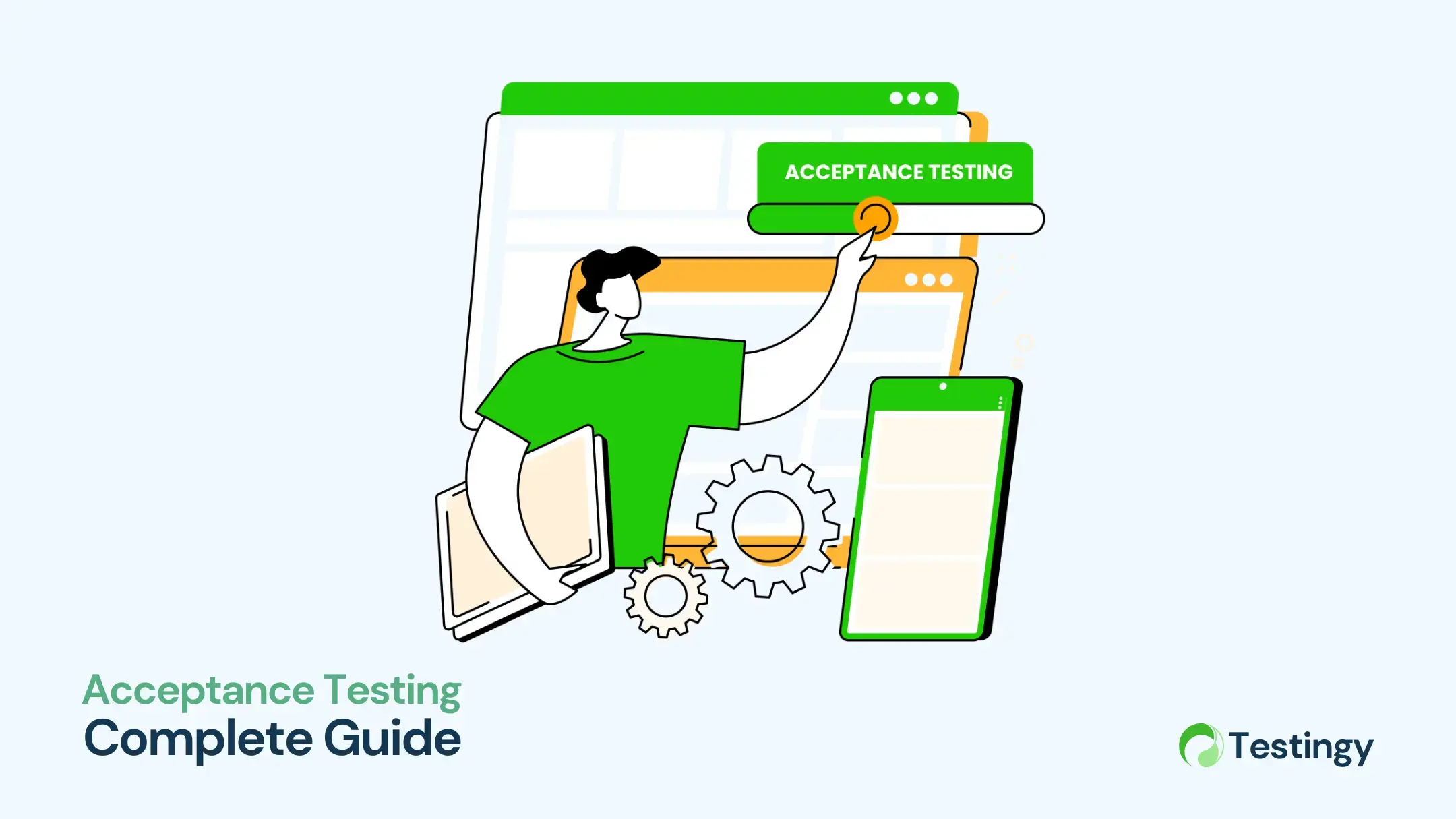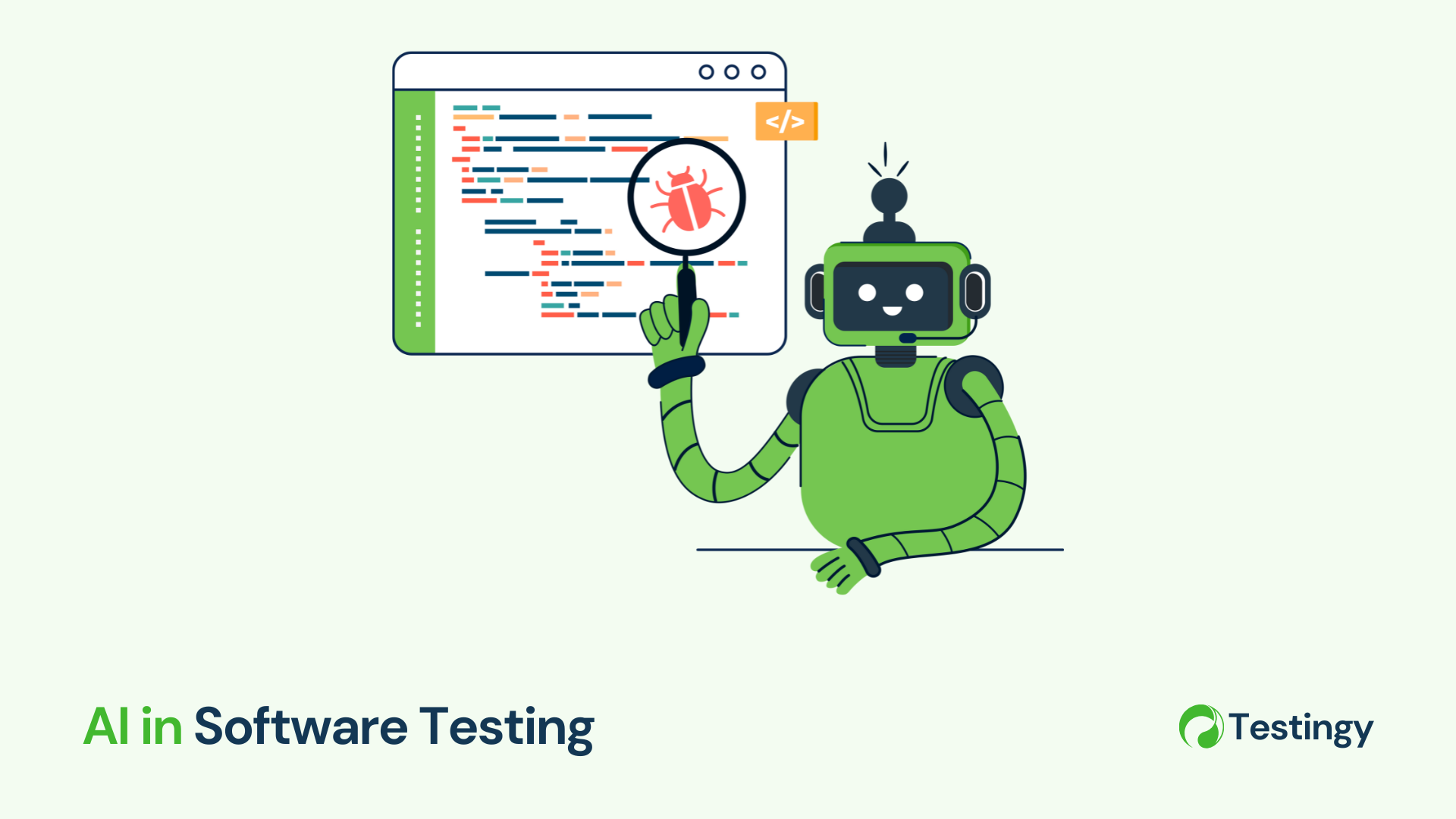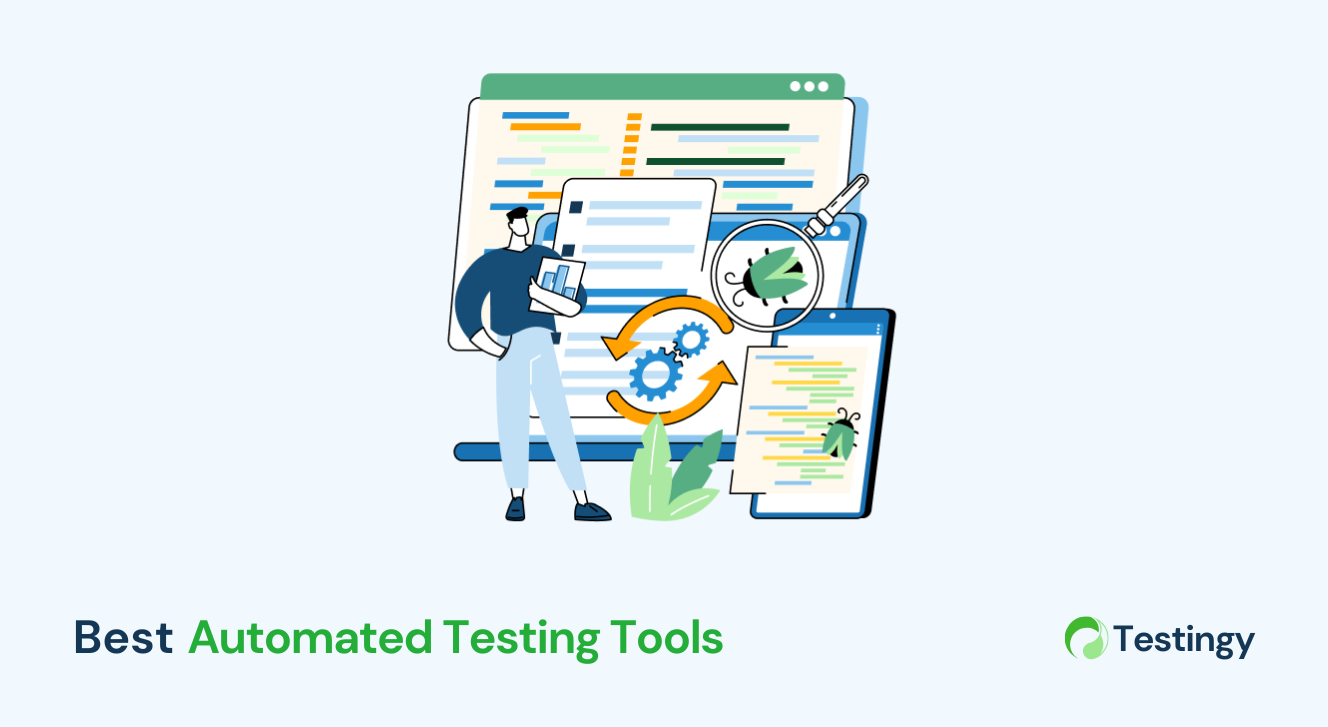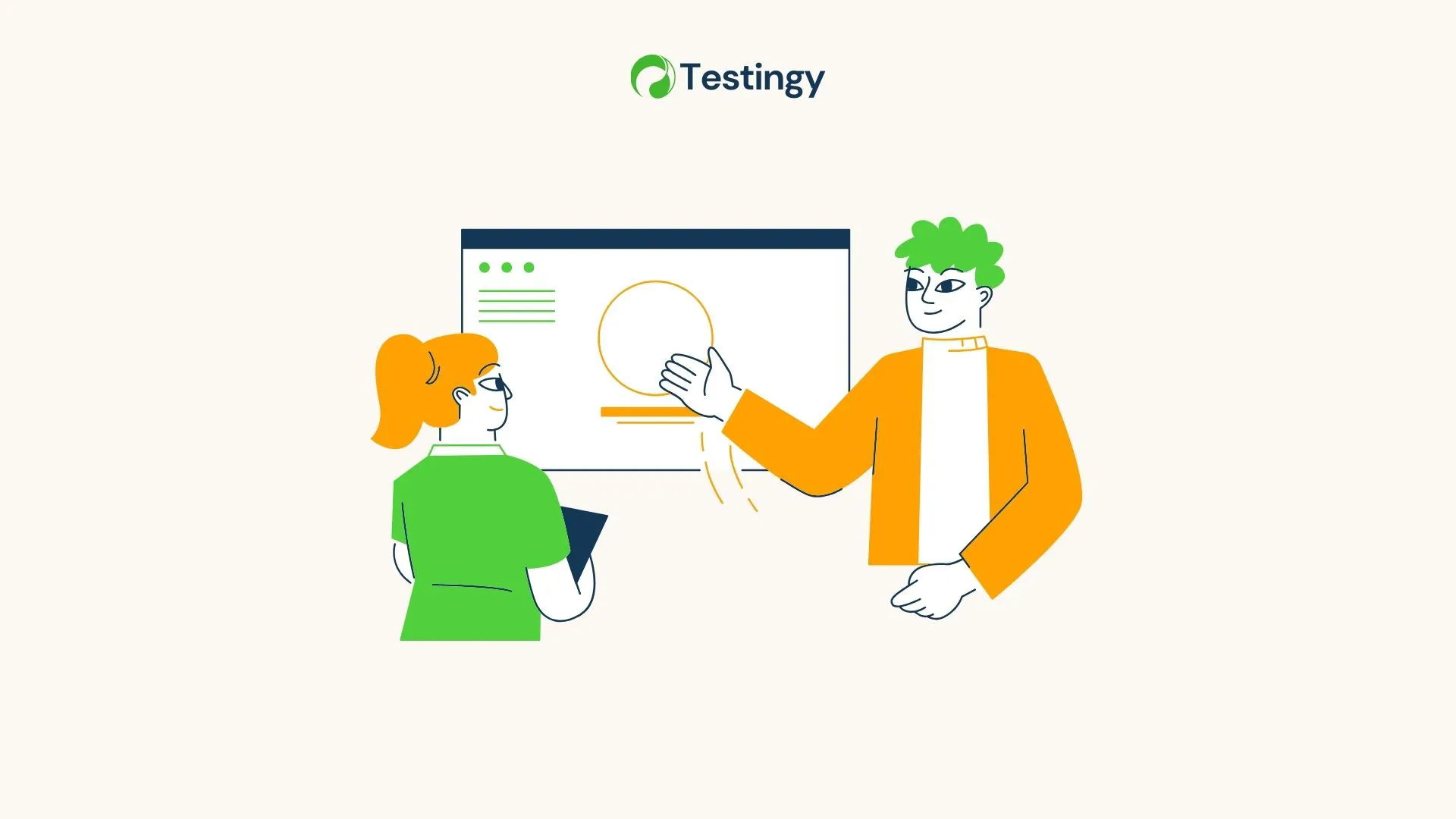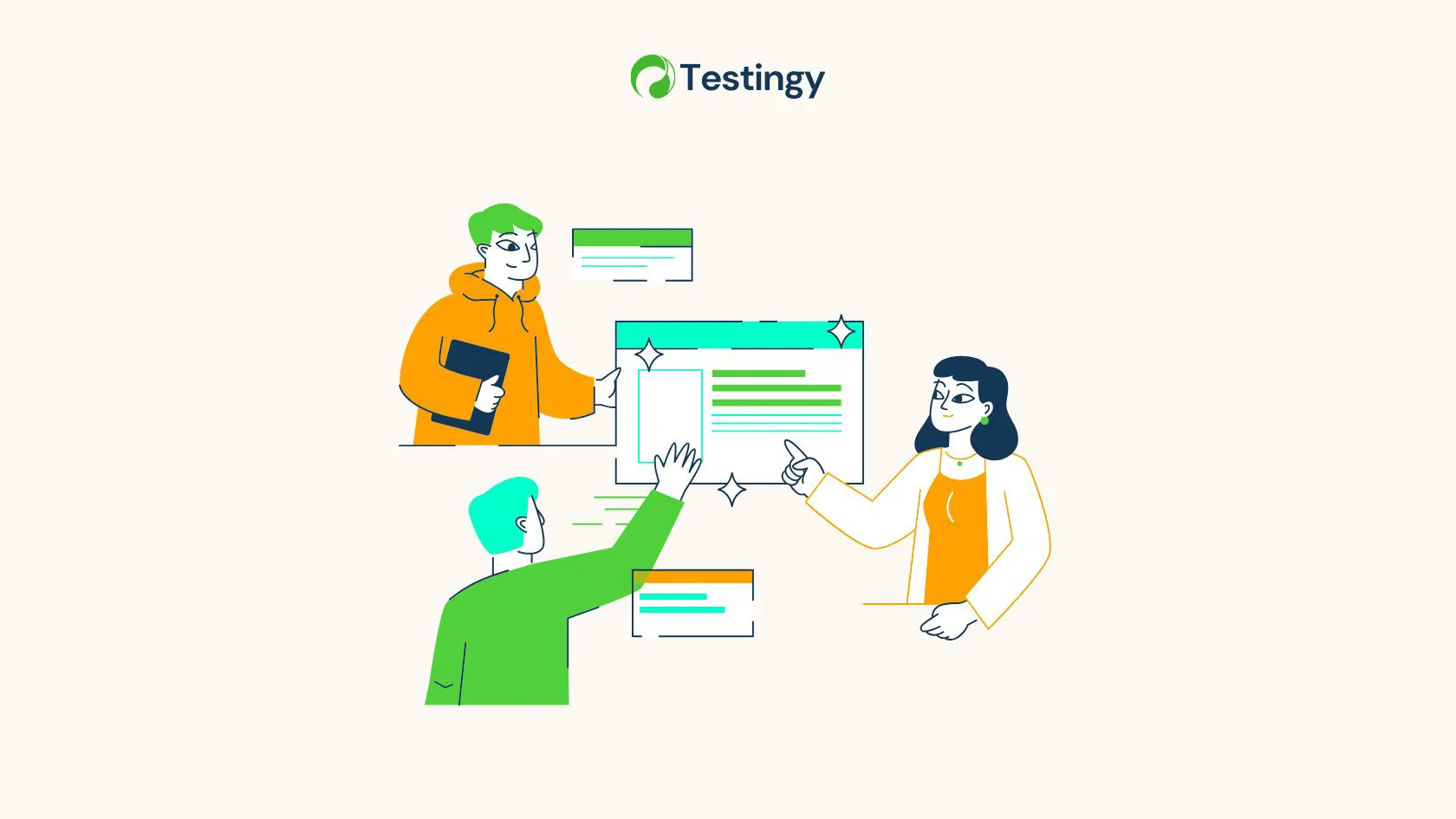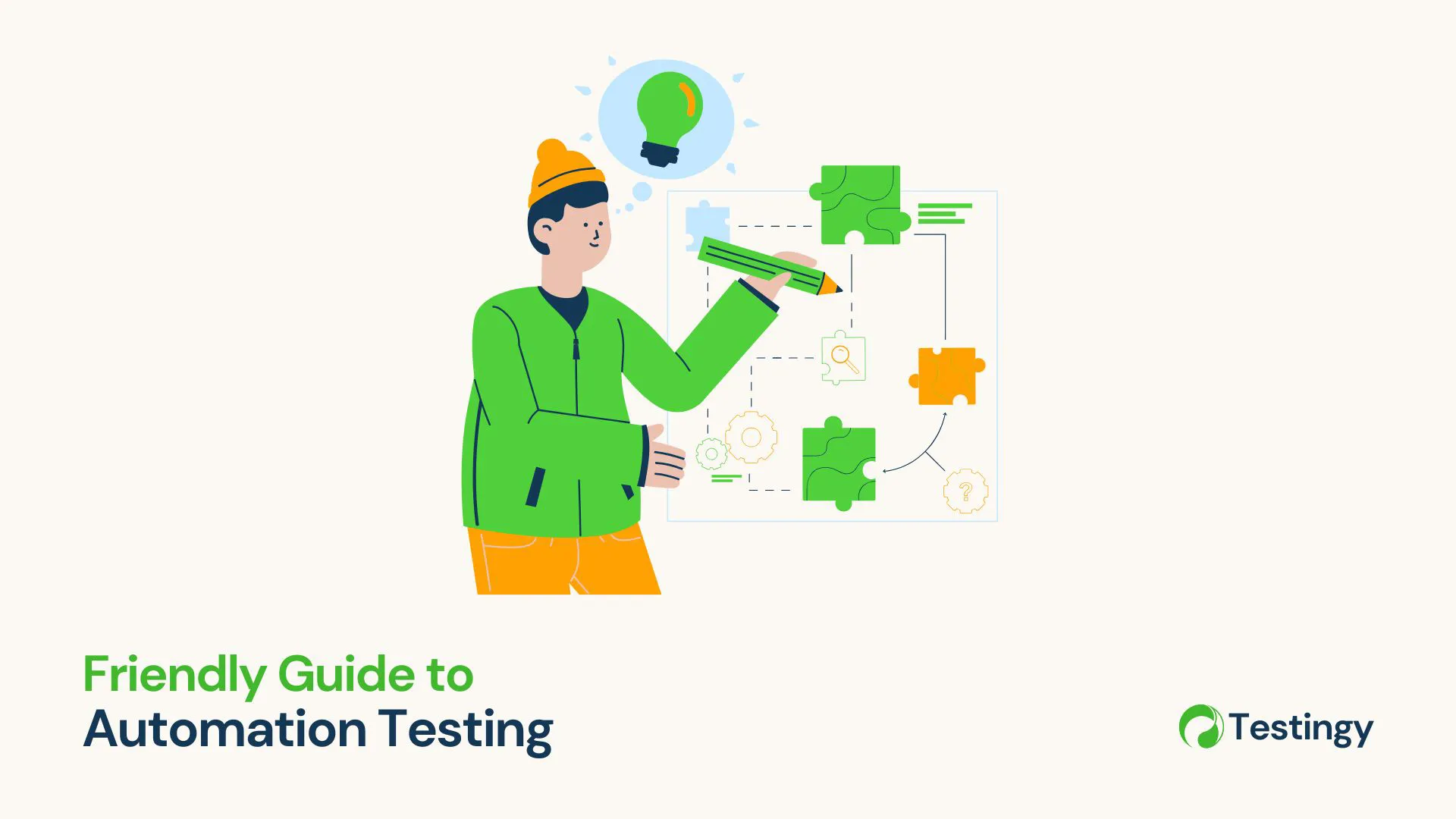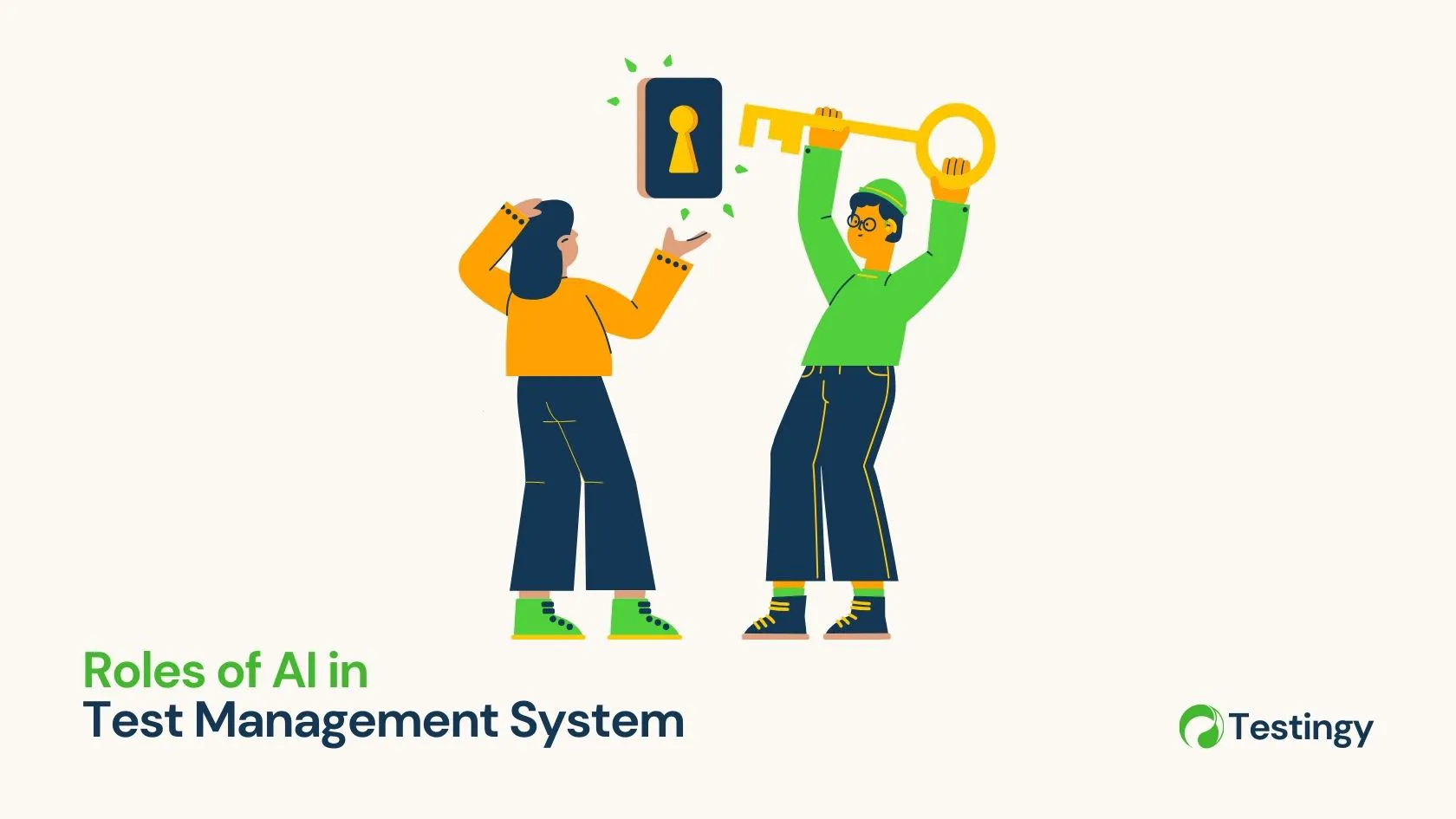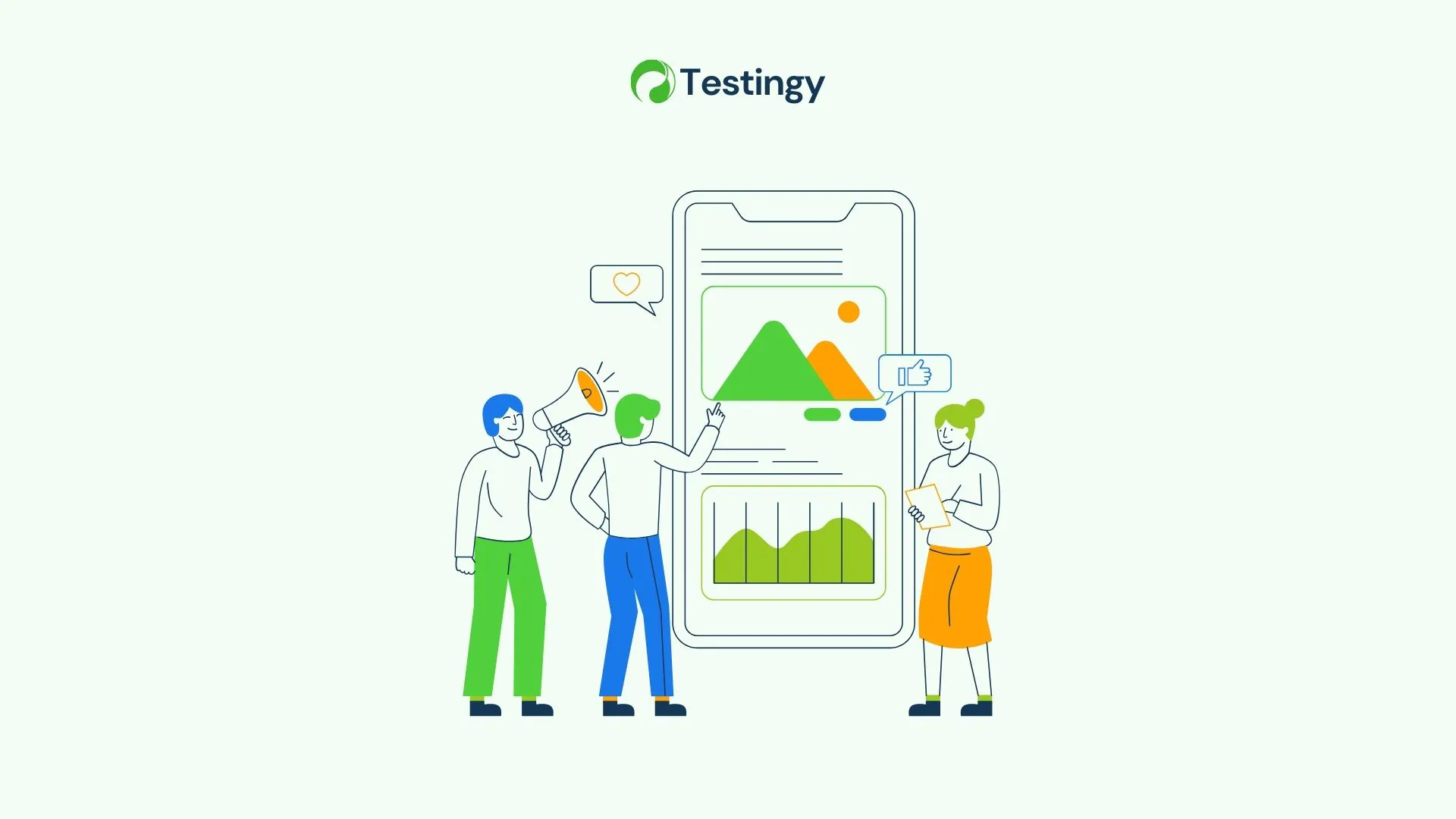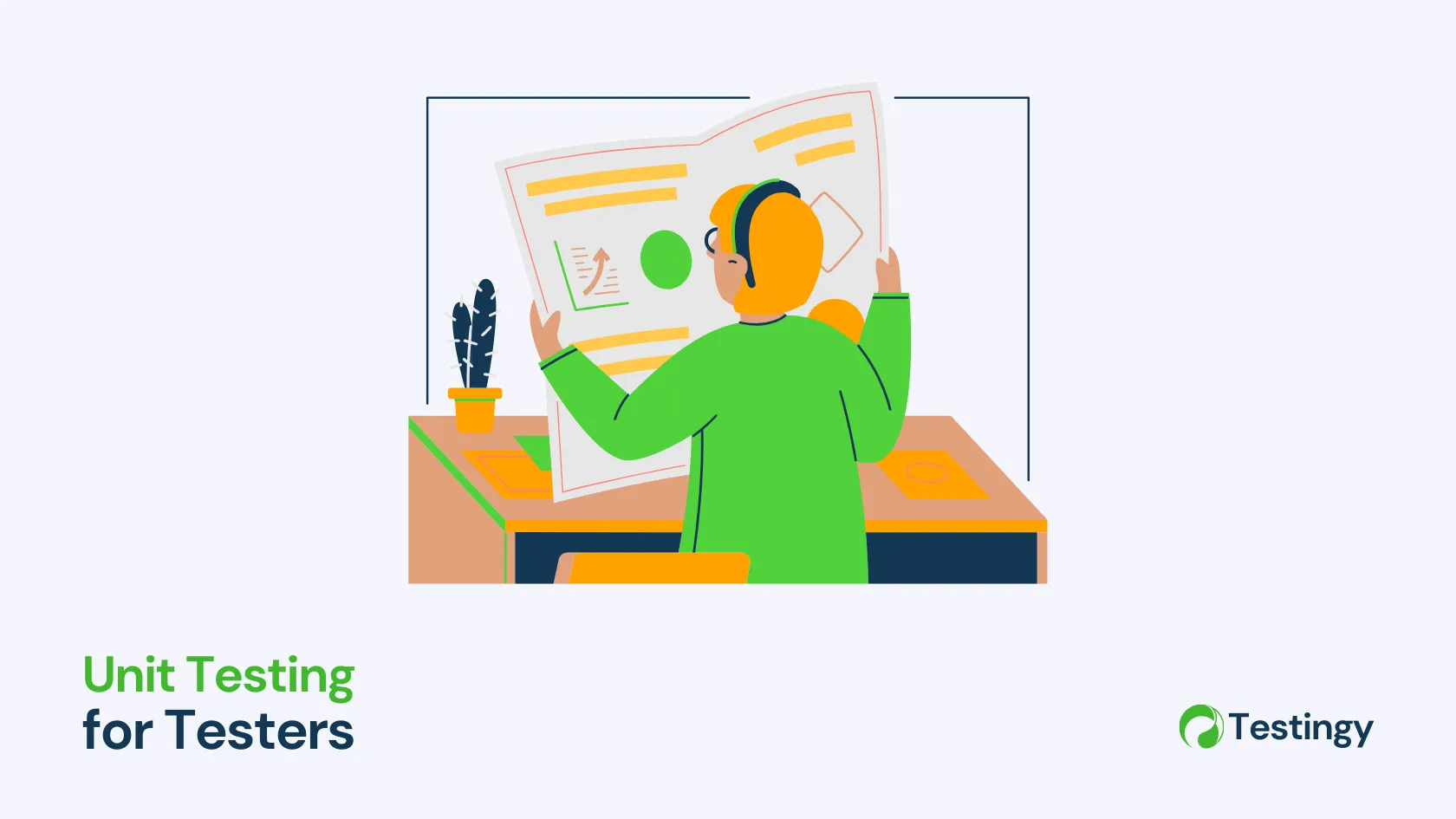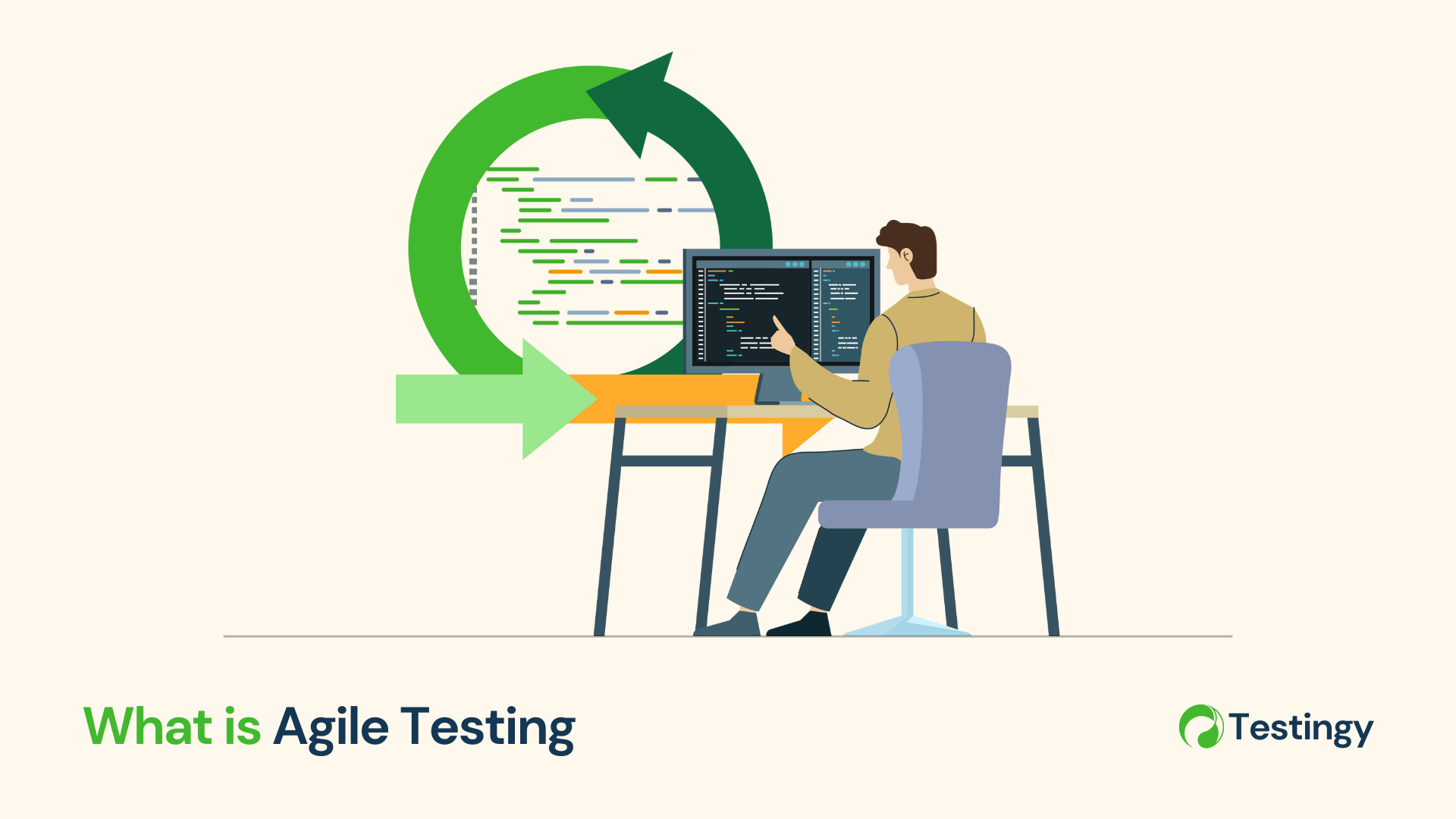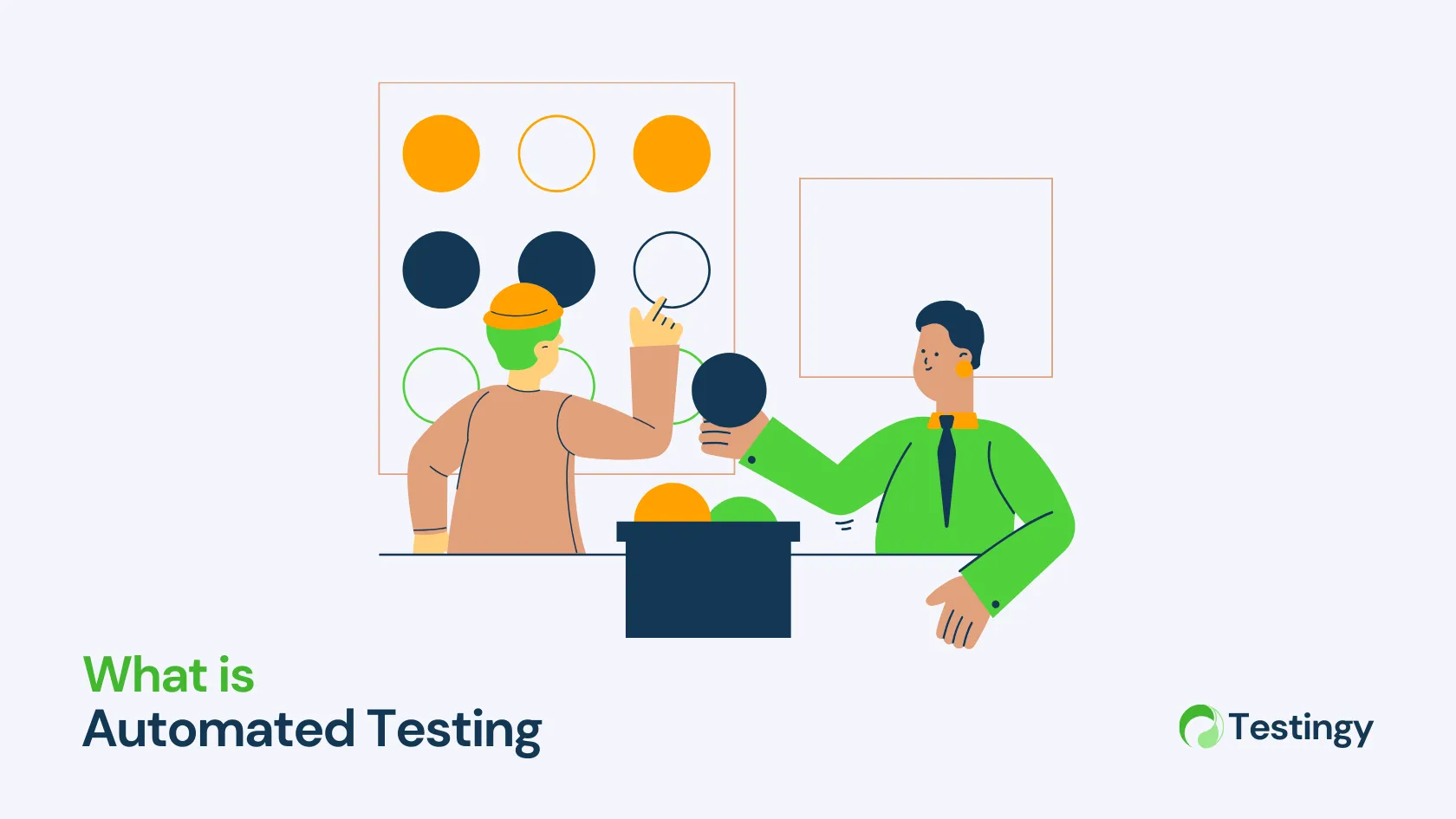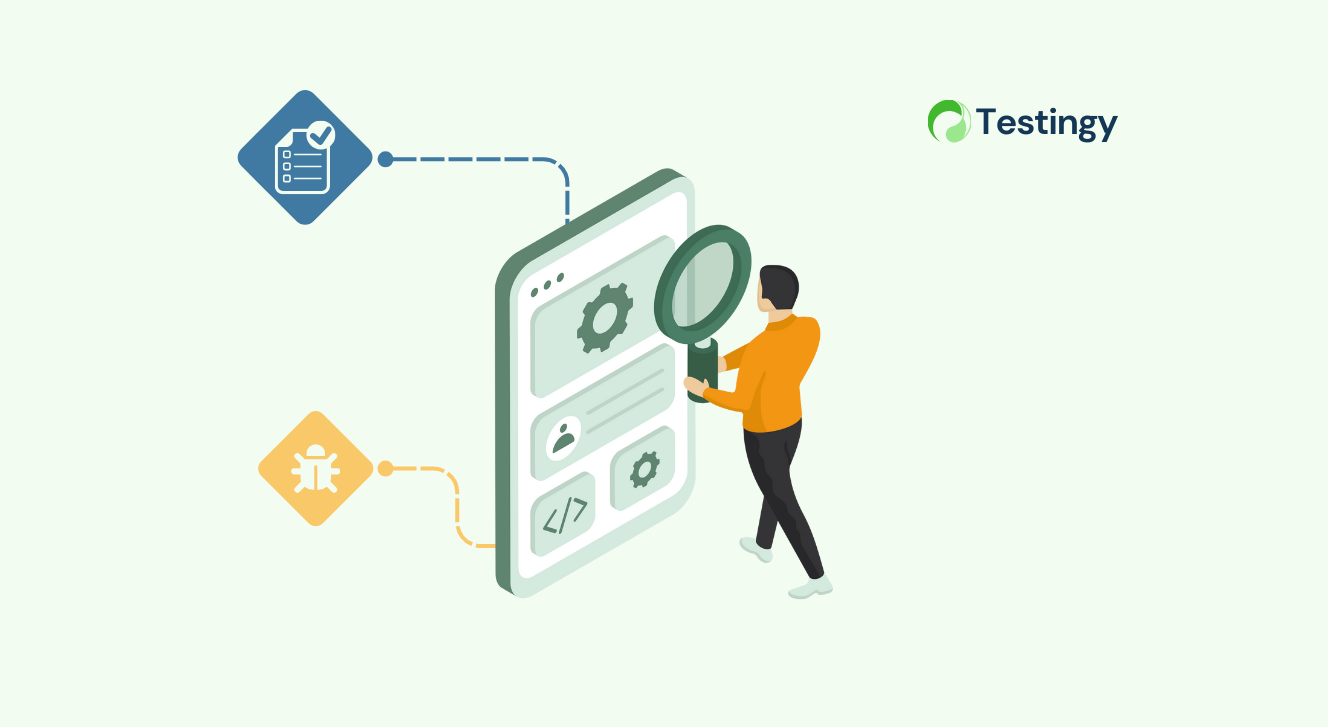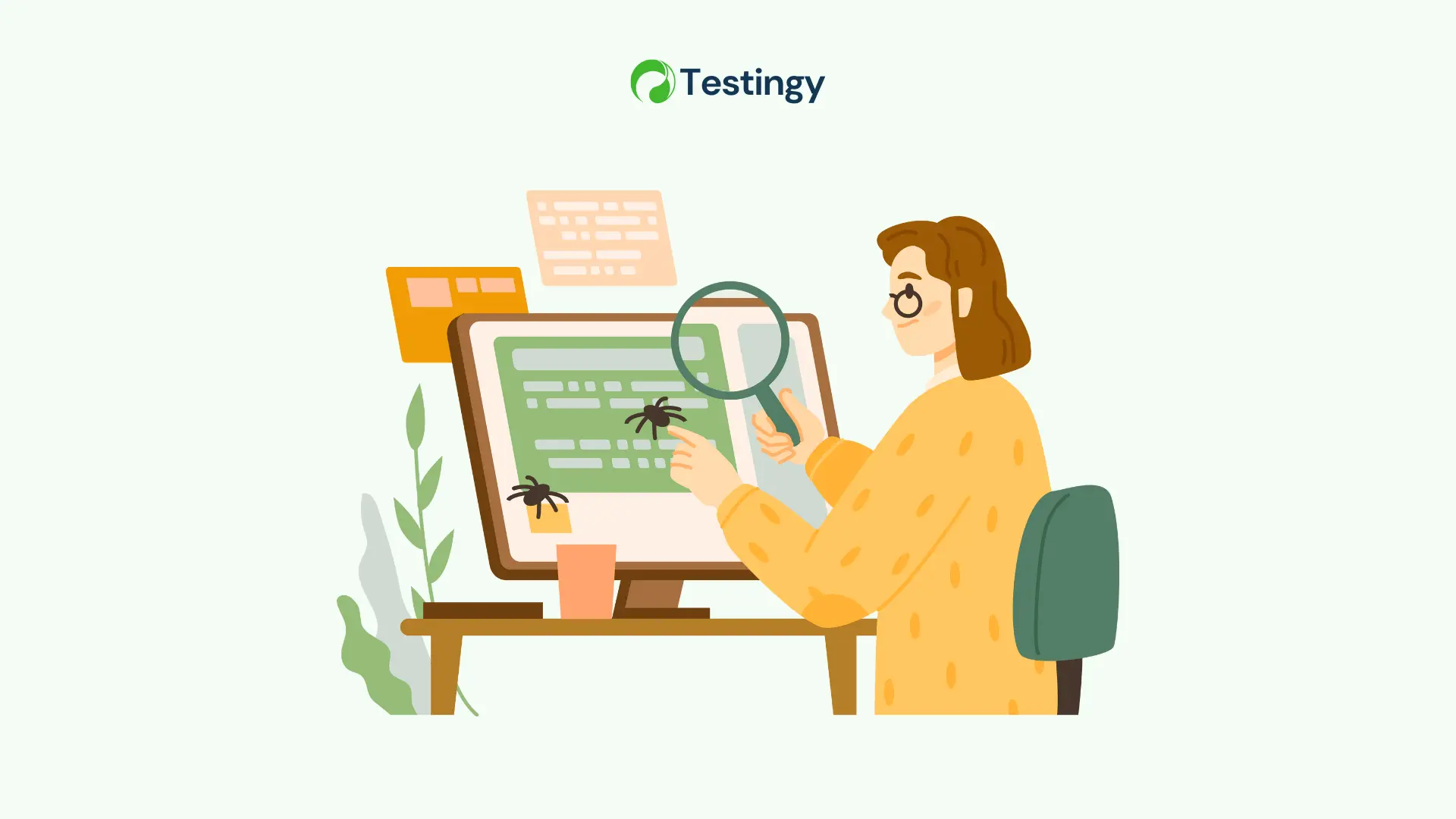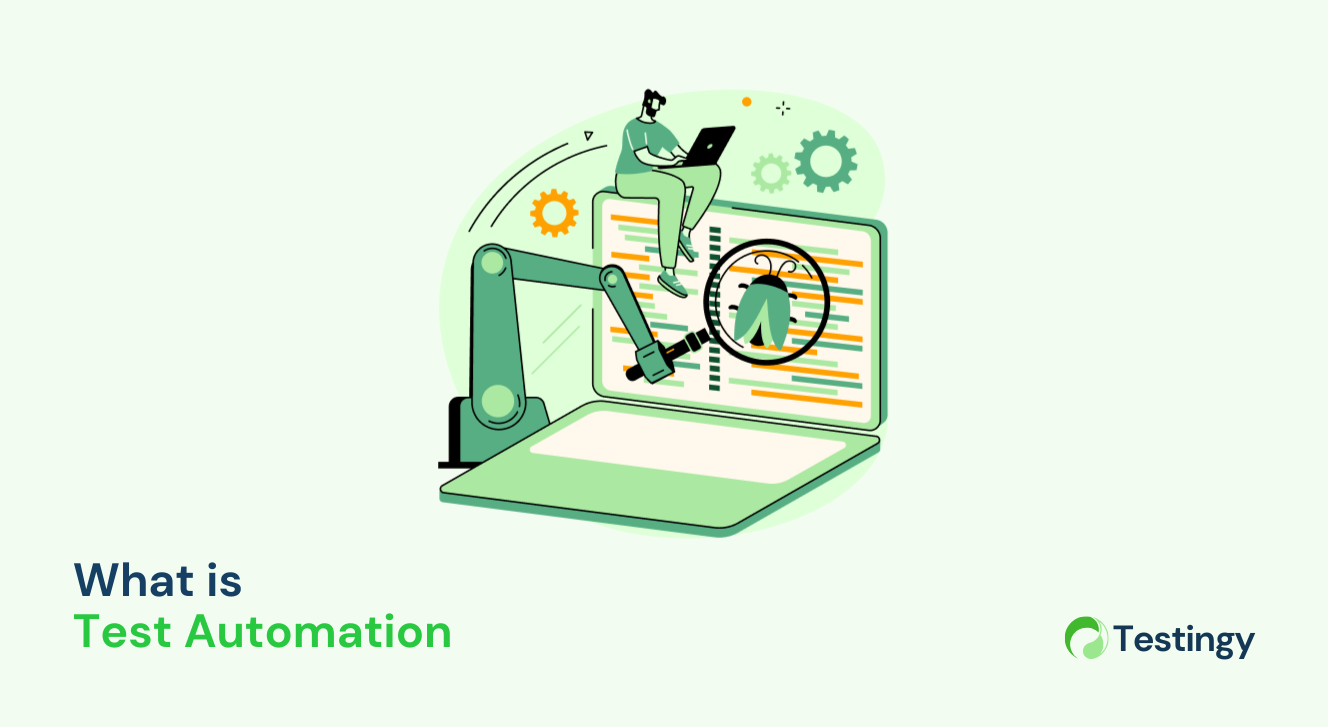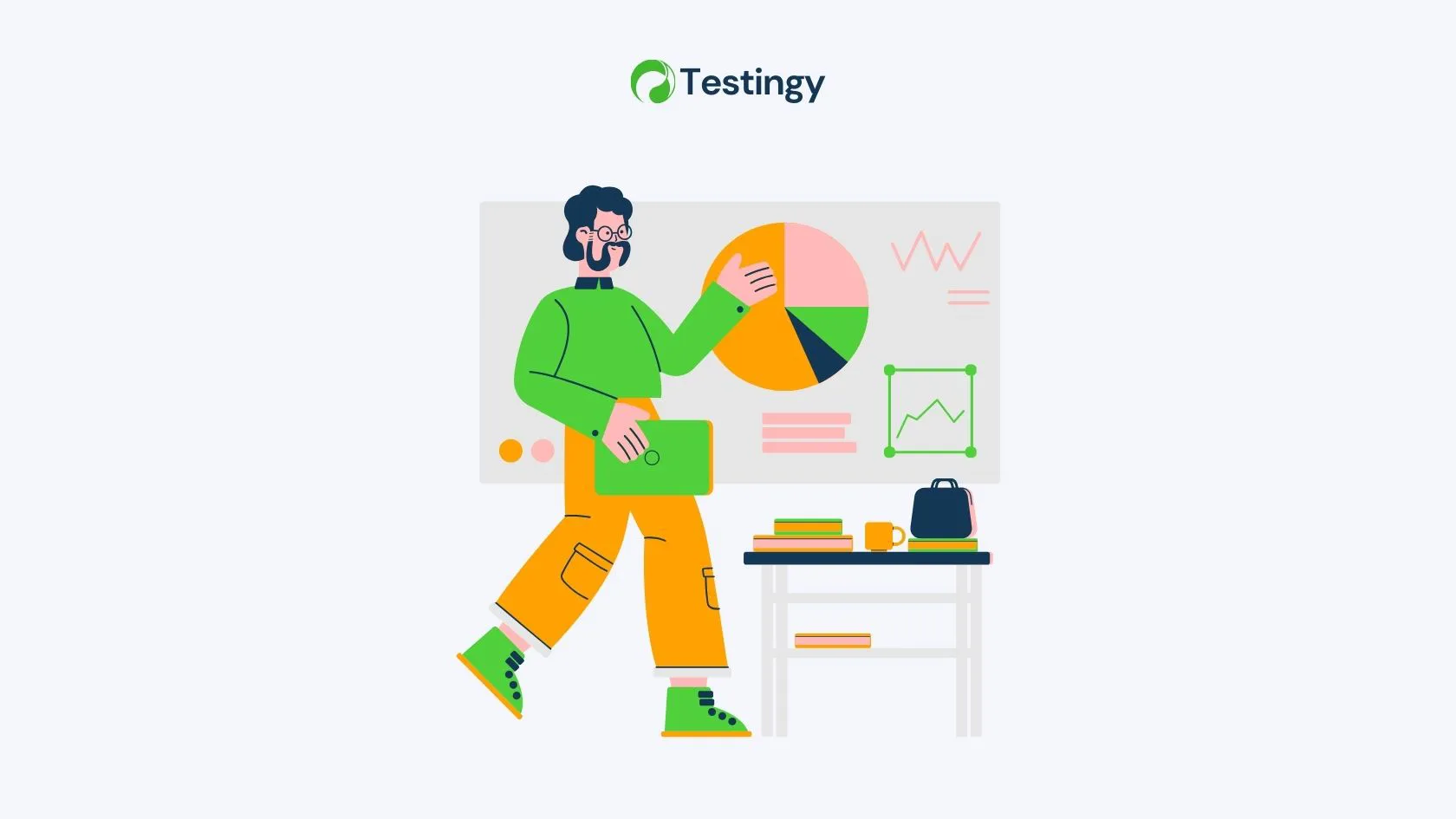Mobile apps are everywhere today, helping us with everything from shopping to staying connected. But building an app that works well on all kinds of devices, screen sizes, and networks isn’t easy. That’s why performance testing is so important. It checks how fast, stable, and efficient your app is under different conditions.
Unlike basic testing that just makes sure the app’s features work, performance testing goes further - asking things like, “How quick is the app to load?” or “Can it handle a bunch of users at once?”
What is Mobile Performance Testing?
Mobile performance testing checks how well a mobile app works in different situations.
It looks at things like speed, how fast the app responds, how it handles lots of users, how steady it stays, and how it uses the phone’s resources like battery and memory.
This is different from regular testing, which just makes sure the app does what it’s supposed to - like checking if the login button works. Performance testing asks, “How fast does the login happen when lots of people use it?”
Key Aspects of Mobile Performance Testing
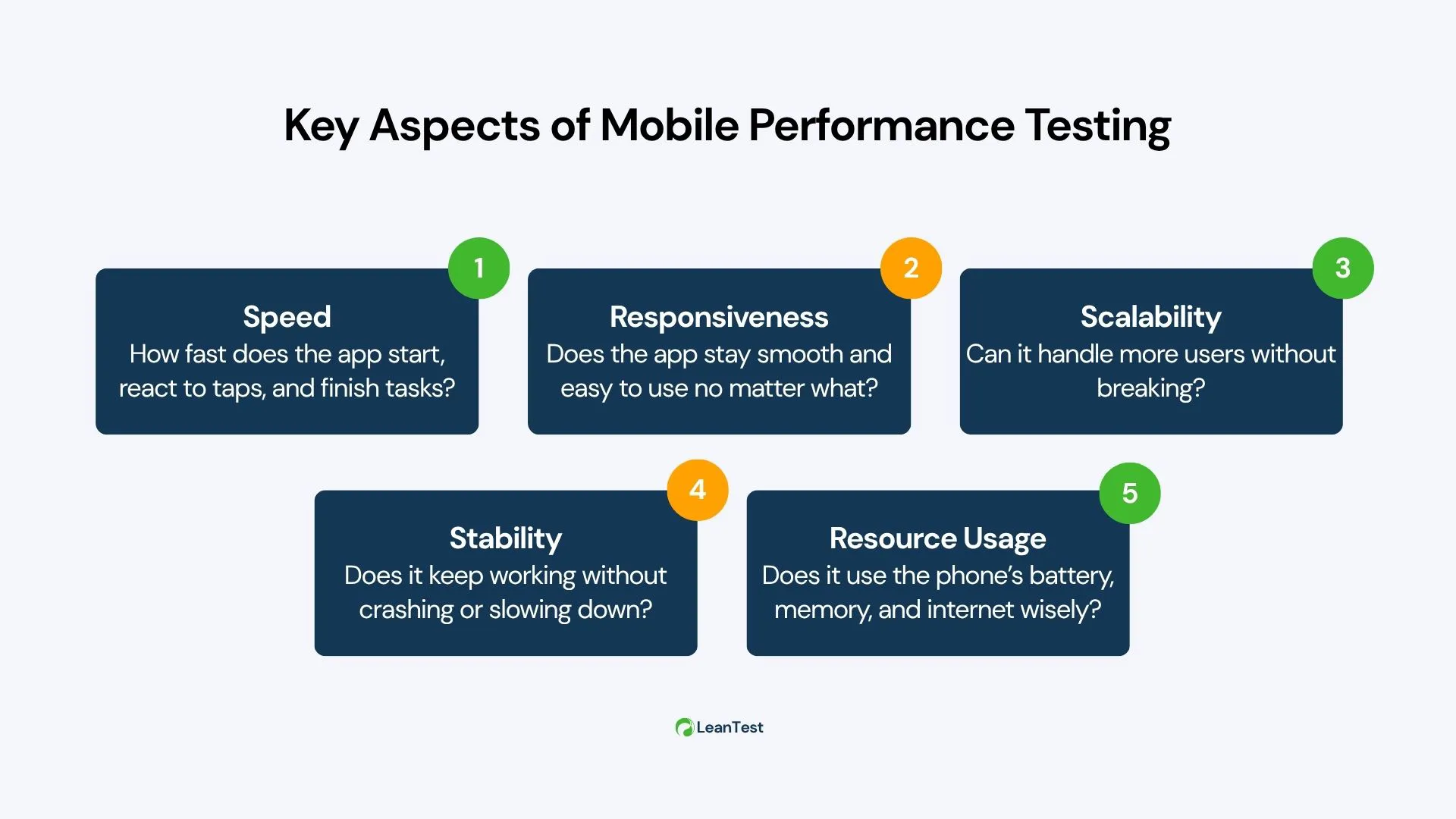
Here’s what we focus on:
- Speed: How fast does the app start, react to taps, and finish tasks?
- Responsiveness: Does the app stay smooth and easy to use no matter what?
- Scalability: Can it handle more users without breaking?
- Stability: Does it keep working without crashing or slowing down?
- Resource Usage: Does it use the phone’s battery, memory, and internet wisely?
Testing mobile apps is trickier than testing websites or computer programs.
Phones and tablets come in all shapes and sizes, with different hardware, operating systems like Android or iOS, and internet connections that can be fast or slow.
Why Mobile Performance Testing Matters
Performance testing is a big deal for mobile apps. Here’s why:
- Users want apps to be fast. If an app takes more than 3 seconds to load, over half of them will quit. (MediaPost, 2016)
- There are millions of apps out there. If yours is slow or buggy, people will pick another one.
- For shopping apps, even a tiny delay can mean fewer people buy stuff.
- Your app needs to work well on all kinds of devices, from cheap phones to fancy tablets.
In Agile development, where we update apps every few weeks, testing keeps each version good and avoids big fixes later.
→ Related article: Security Testing for Mobile Apps
Types of Mobile Performance Testing
There are different ways to test an app’s performance:
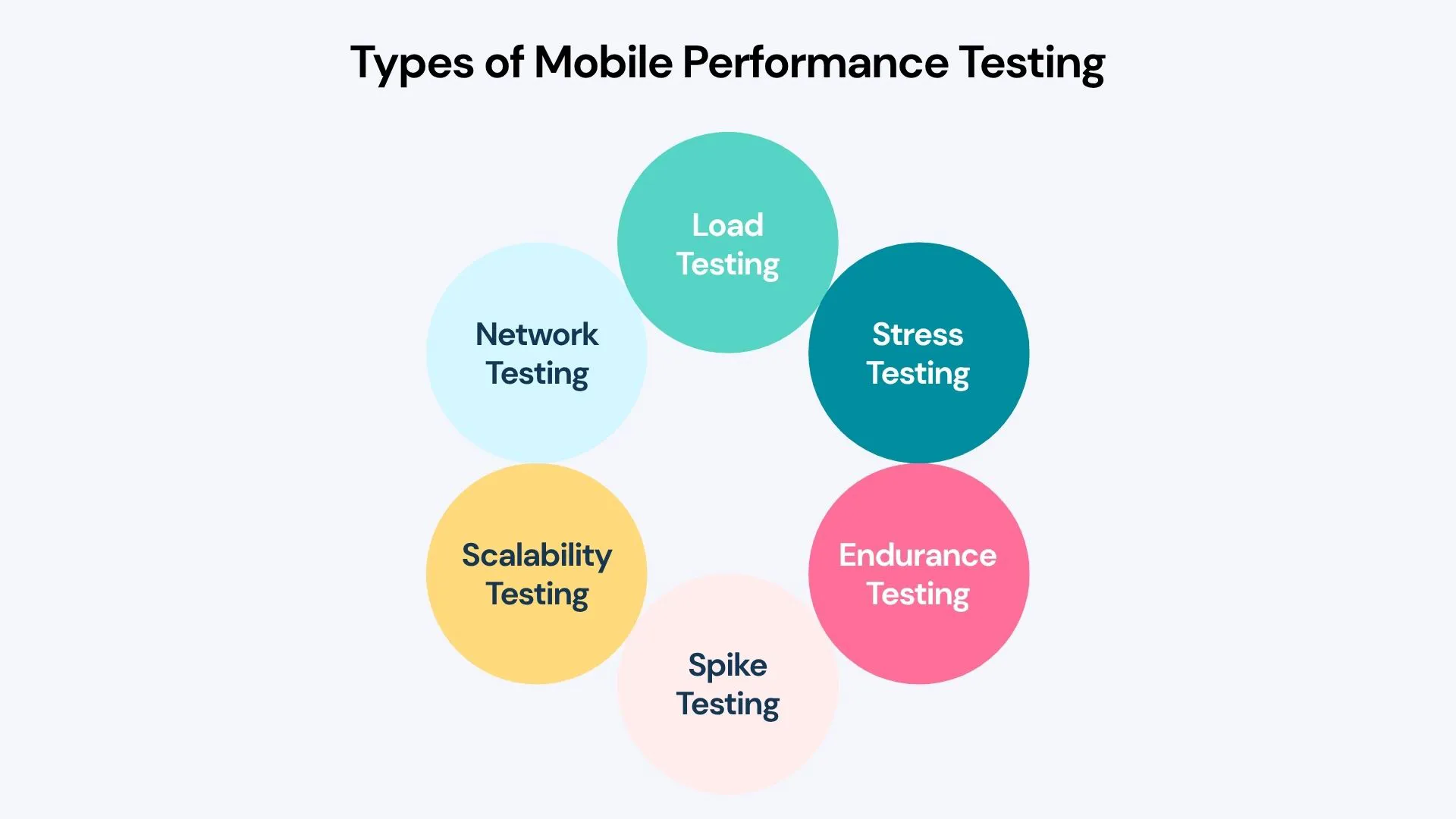
Load Testing
This checks if the app can handle the number of users we expect. The goal is to make sure it stays fast and steady under normal use.
For example, can 1,000 people log into a banking app at once without it slowing down?
Stress Testing
This pushes the app too hard to see when it breaks. We want to know its limits and what happens when it’s overloaded.
Think of 10,000 people sending messages at once in a chat app.
Endurance Testing
This tests how the app holds up over a long time. It’s about making sure it stays stable for the long haul.
For instance, does a fitness app work fine after running for 24 hours, or does it start using too much memory?
Spike Testing
This checks how the app handles sudden rushes of users. The aim is to make sure it doesn’t crash during unexpected busy moments.
Picture a ticketing app when a big concert goes on sale - can it keep up?
Scalability Testing
This looks at how the app works as more people use it. It helps plan for growth without hiccups.
If a video streaming app grows from 100 to 100,000 users, does it still run smoothly?
Network Testing
This tests how the app works with different internet connections, like slow 3G or fast Wi-Fi. The goal is to make it reliable in real-world conditions.
For example, does a map app still work with a weak signal?
Tools for Mobile Performance Testing
Here are some tools, including LeanTest, that help test mobile apps:
- Appium: Mostly for checking if the app works, but it can also time things like how long a checkout takes.
- JMeter: Tests how the app’s server handles lots of users, like 500 people booking flights at once.
- LoadRunner: A big tool for testing load, stress, and growth, like seeing if a social media app can take 10,000 users.
- Android Profiler / Xcode Instruments: Built into Android and iOS, these check battery, memory, and power use - like finding memory issues in a game.
- Perfecto / BrowserStack: Online services that test on real phones and tablets, great for checking an app on many devices.
- Charles Proxy / Fiddler: These watch the app’s internet use, helping spot delays on slow connections like 3G.
Mobile Performance Testing in Agile
In Agile, we build apps in short cycles called sprints. Performance testing has to keep up:
- Early and Often: Test early and often - check new features as soon as they’re ready.
- Automation Integration: Use automated testing with tools like Appium and JMeter to run checks every night or after changes.
- Collaboration: Developers and testers work together - developers speed things up, testers set goals like “pages load in under 2 seconds.”
- Incremental Focus: Each sprint focuses on small performance wins, like using less battery.
For a news app, a team might test article loading, simulate 1,000 readers, and check memory - all in two weeks.
How to Conduct Mobile Performance Testing
Here’s a simple guide to do it:
- Set Goals: Decide what’s good, like “login in under 1 second for 500 users.”
- Pick Key Tasks: Test important stuff like logging in, searching, or paying, especially during busy times.
- Set Up: Use real devices, fake ones, or online tools, and test with different internet speeds.
- Write Tests: Automate with tools like Appium. Here’s an example in Python:
python
from appium import webdriver
import time
desired\_caps \= {
"platformName": "Android",
"deviceName": "emulator-5554",
"app": "/path/to/app.apk"
}
driver \= webdriver.Remote("http://localhost:4723", desired\_caps)
start \= time.time()
driver.find\_element\_by\_id("login\_btn").click()
end \= time.time()
print(f"Login time: {end \- start} seconds")
driver.quit()- Run Tests: Watch how fast it is, how much power it uses, and if it crashes.
- Fix Problems: If something’s slow, like a 3-second login, team up to make it faster.
Benefits of Mobile Performance Testing
Why bother with performance testing? Here’s why it’s worth your time:
- Happy Users: A fast, stable app doesn’t just keep users around - it turns them into fans. When your app runs smoothly, people are more likely to recommend it to friends, driving growth through word-of-mouth and boosting those all-important app store ratings.
- Save Money: Spotting performance hiccups early is like patching a small hole before it becomes a giant leak. Fixing issues during development is way cheaper than dealing with a costly overhaul after launch, saving you both cash and headaches.
- Stand Out: In a sea of apps with similar features, performance can be your edge. A snappy, dependable app catches users’ attention and gives them a solid reason to pick you over the competition.
- Reliability: Picture this: your app crashes during a big sale or event. Disaster! Performance testing ensures your app holds up under pressure - like during peak usage - keeping revenue flowing and user trust strong.
For a ride-sharing app, this means quick, reliable bookings even during rush hour, which keeps users loyal and happy.
Challenges in Mobile Performance Testing
Performance testing can get tricky. Here are the big challenges and how to tackle them:
- Tons of Devices: With thousands of phones and tablets out there, each with different specs, testing on every one is a pipe dream. The fix? Prioritize the most popular devices your users own and lean on online tools to cover the rest.
- Bad Internet: Not every user has lightning-fast Wi-Fi. Many are on spotty 3G or shaky connections while on the move. Test with real-world network conditions to ensure your app stays usable no matter where users are.
- Weak Phones: Not everyone’s rocking the latest flagship device. Budget phones with lower specs are common, especially in some markets. Optimize for these to make sure your app reaches as many people as possible without stuttering.
- Tool Limits: Tools like Appium are awesome for automation, but they don’t catch every detail - like some tricky performance metrics. Mix in other tools, like LoadRunner or profiling apps, for a fuller picture.
- Time Crunch: In fast-paced Agile sprints, time’s always tight. Focus on the critical stuff - like login or payment flows - and automate tests to keep up without burning out.
Case Study: Performance Testing in Action
A team made a travel app for flight searches.
Their goal? Searches in under 2 seconds for 1,000 users.
They used Appium to automate searches, JMeter to fake lots of users, and Android Profiler to check memory.
First test showed 3 seconds - too slow because of a sluggish internet connection.
They sped it up, retested, and hit 1.8 seconds.
The feature launched on time, and users loved it.
Conclusion
Performance testing is key to making a mobile app that doesn’t just work, but works well. It catches problems early, keeps your app fast and reliable, and stops users from ditching it because of lag or crashes.
With the right tests and tools, like LeanTest, you can stand out in a crowded app market. Start small, try out the tips we’ve covered, and make testing part of your process. Your users - and your app’s success - will thank you!
